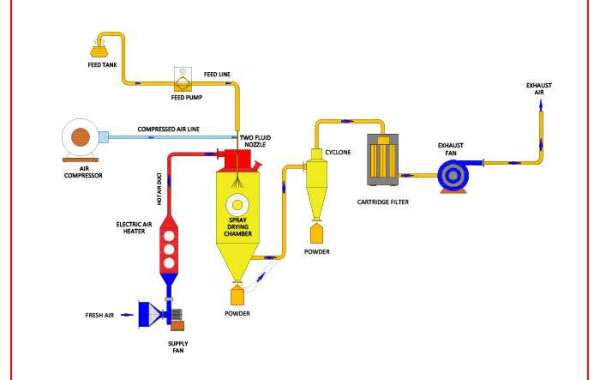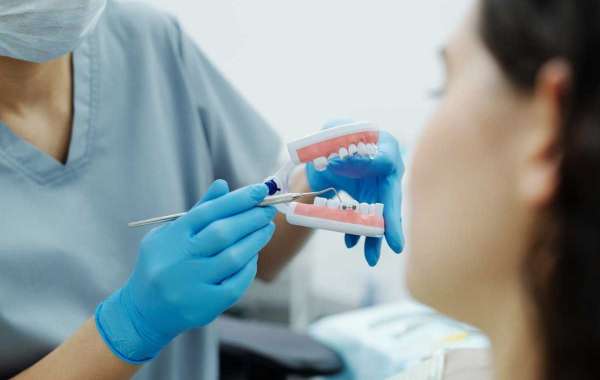Spray drying produces particles from a liquid or slurry. In deed, the process has been around for decades, and the first patents were in the 1930s.
The spray-drying method has many phases, including atomisation, droplet-to-particle conversion, and particle collection. This study focuses on the variety of accessible atomisers, the drying kinetics and the significance of the drying chamber's configuration, and the effectiveness of the collection devices. Certainly, several factors impact the final attributes of dried goods: the spray dryer's design, the feedstock's characteristics, and the processing settings. The influence of these variables on the optimisation of the spray-drying process also counts. Also, examination of the synthesis of dried particles with appropriate properties happens. Moreover, the scalability of this production process for creating sub micron-to-micron-sized dry particles is advantageous for numerous applications in the food, polymeric, chemical, pharmaceutical, biotechnology, and medical sectors.
The spray dryer machine may have various designs based on the nature of the material or the product's specifications. However, the spray drying system's fundamental components stay unchanged, and a number of the fundamental systems are indispensable.
The components and functions of a spray dryer
Such a system consists primarily of the following five components: spray dryer feeding system, atomisation system, heating system, gas-solid separation system, and drying system. The following is a comprehensive overview of the five spray drying system components and their respective functions.
Components and operation of spray dryers—feeding system
The feeding system smoothly distributes the liquid material to the atomiser to ensure its proper operation. Moreover, the feeding method varies based on the type of substance and the atomiser employed. Feed pumps comprise screw pumps, diaphragm pumps, and metering pumps. A material pump comes with an air compressor. Compressed air must be delivered to airflow atomisers to provide the necessary energy for the atomisation of the substance.
Components and operation of spray dryers—heating system
The heating system is one of the spray drying system's components. It generates enough heat for drying and employs air as the medium for transporting material into the dryer. However, the proper selection of a heating system depends on various criteria, including the nature of the liquid and the product's requirements. The primary forms of heating equipment are the forms of heating equipment. Additionally, the fan is part of the heating system.
Components and operation of spray dryers—atomiser system
The atomisation system is crucial to the spray drying system as a whole. The atomiser is the topic drying professionals have studied the most from a theoretical and structural standpoint. There are now three primary atomiser types in widespread use.
Centrifugal type: The centrifugal force produced by the high-speed rotation of the machine is the primary atomization power.
Pressure type: The high pressure produced by the feed pump is the primary atomisation power. Later the transformation from kinetic energy to pressure energy happens.
Airflow: The high-velocity airflow kinetic energy is the primary atomisation power.
Components and operation of spray dryers — the drying system
The drying system consists of multiple types of dryers. The shape of the dryer is partially determined by the shape of the atomiser. Indeed, the atomiser is also the primary component of the spray drying design.
Components and operation of spray dryers—gas-solid separation system
After drying, the droplets lose most of their water content and form a powder and granular product. Some are isolated from the gas at the bottom of the drying tower and released from the dryer. Moreover, the primary components of the gas-solid separation system are dry separation and wet separation.








